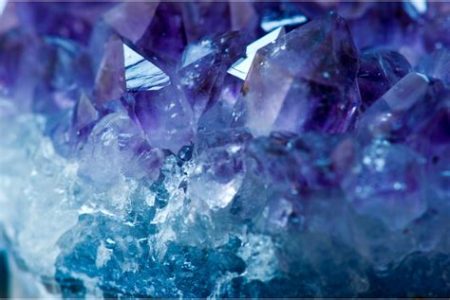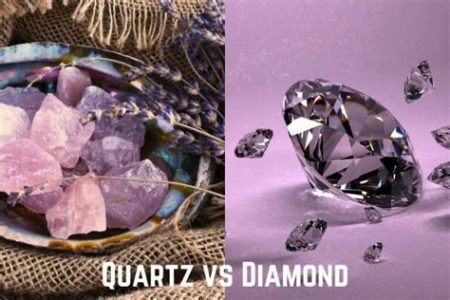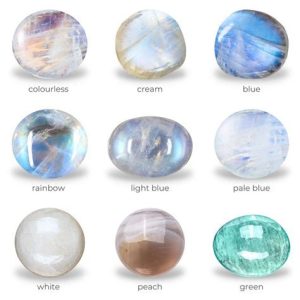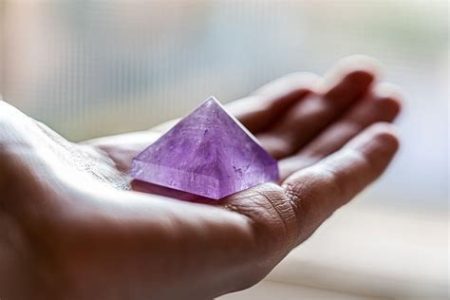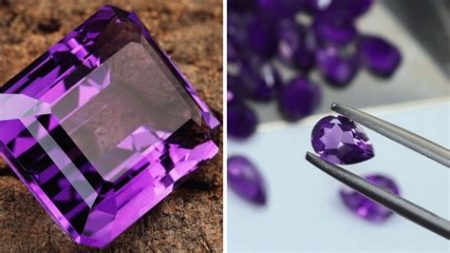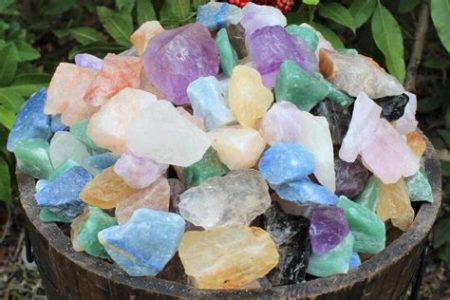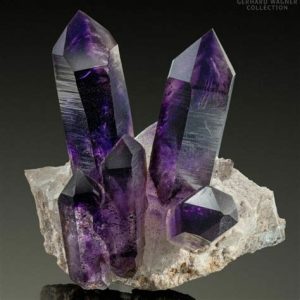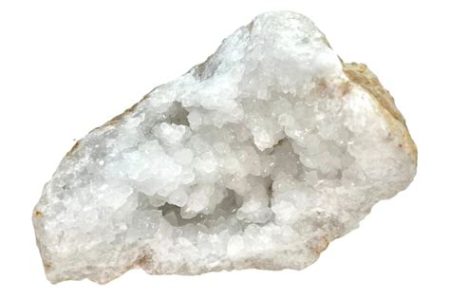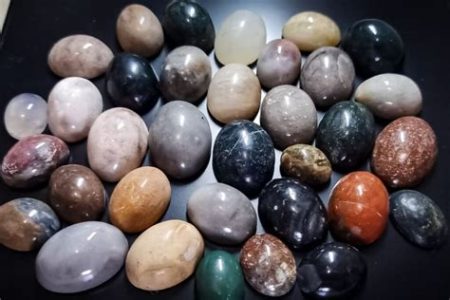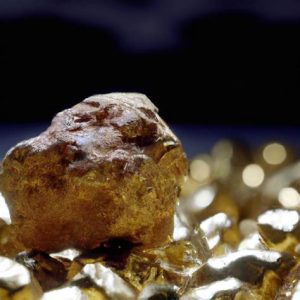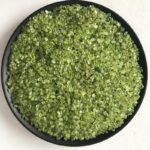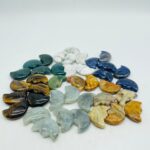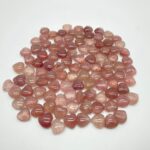Introduction
Clear and white stones have been coveted for centuries, prized for their aesthetic appeal and perceived metaphysical properties. From ancient civilizations to modern-day applications, the allure of these ethereal stones endures. In this article, we delve into the captivating world of clear and white stones, exploring their similarities, differences, and applications.

Similarities of Clear and White Stones
-
Translucent or Opaque Appearance: Both clear and white stones allow light to pass through, creating a sense of ethereality and purity.
-
Versatile: Clear and white stones can be incorporated into a wide range of jewelry, decorative items, and spiritual practices.
-
Symbolic Value: These stones often represent clarity, innocence, and positive energy.
Differences between Clear and White Stones
Mineral Composition:
- Clear stones: Primarily composed of quartz, including colorless diamonds and rock crystal.
- White stones: May encompass various minerals, including calcite (marble), gypsum (selenite), and quartz (milky quartz).
Opacity:
- Clear stones: Highly transparent, allowing light to pass through easily.
- White stones: Can vary from translucent to opaque, with varying degrees of light transmission.
Hardness:
- Clear stones: Typically harder than white stones, with diamonds being the hardest natural material.
- White stones: May have a lower Mohs scale hardness, making them more susceptible to scratching.
Applications of Clear and White Stones
Jewelry:
- Clear stones: Diamonds, cubic zirconia, and rock crystal are popular in engagement rings and other fine jewelry.
- White stones: Pearls, ivory opal, and white sapphires offer alternatives for bridal and high-end jewelry.
Home Decor:
- Clear stones: Crystal chandeliers, quartz countertops, and marble sculptures add elegance and luminosity.
- White stones: Selenite lamps, calcite figurines, and gypsum wall treatments create soothing and purifying ambiances.
Metaphysical Practices:
- Clear stones: Believed to enhance clarity, focus, and spiritual growth (e.g., rock crystal, selenite).
- White stones: Associated with purification, cleansing, and protective energies (e.g., white quartz, marble).
Industrial Uses:
- Clear stones: Quartz is essential for electronics, optical devices, and scientific instruments.
- White stones: Gypsum is used in construction, agriculture, and papermaking.
Tips and Tricks for Choosing Clear or White Stones
- Consider the intended application (jewelry, home decor, spiritual practices).
- Research different stones to understand their unique properties and symbolism.
- Consult an expert gemologist or crystal healer for guidance.
- Pay attention to the stone’s transparency, color, and surface finish.
- Handle the stone with care, as some can be delicate or prone to scratching.
Future Applications: The Rise of “Crystallotechnology”
As technology advances, the potential applications of clear and white stones are expanding. The field of “crystallotechnology” combines crystals with advanced materials and electronics to create innovative devices. Examples include:
- Biomorphic Crystals: Flexible, self-healing materials inspired by the growth patterns of crystals.
- Quantum Computing: Crystals with unique optical properties are used to develop quantum computers.
- Energy Harvesting: Crystals can convert ambient energy into electricity, making them a viable source of renewable energy.
Table 1: Properties of Clear and White Stones
| Property | Clear Stones | White Stones |
|---|---|---|
| Mineral Composition | Quartz | Calcite, gypsum, quartz |
| Opacity | Transparent | Translucent to opaque |
| Hardness | Mohs scale 7 or higher | Mohs scale 2-7 |
| Color | Colorless | White, milky white |
| Symbolic Value | Clarity, focus | Purity, innocence |
Table 2: Applications of Clear and White Stones
| Application | Clear Stones | White Stones |
|---|---|---|
| Jewelry | Diamond, cubic zirconia | Pearl, ivory opal |
| Home Decor | Crystal chandeliers, quartz countertops | Selenite lamps, marble sculptures |
| Metaphysical Practices | Rock crystal, selenite | White quartz, marble |
| Industrial Uses | Electronics, optical devices | Construction, agriculture, papermaking |
Table 3: Comparisons of Clear and White Stones
| Feature | Clear Stones | White Stones |
|---|---|---|
| Opacity | Transparent | Opaque |
| Hardness | Hard | Soft |
| Color | Colorless | White |
| Symbolic Value | Purity | Innocence |
Table 4: Tips for Choosing Clear or White Stones
| Tip | Purpose |
|---|---|
| Research | Understand different stones and their properties |
| Consult Expert | Seek guidance from gemologists or crystal healers |
| Consider Application | Match the stone to its intended use |
| Examine Stone | Inspect the stone’s transparency, color, and finish |
| Handle with Care | Protect the stone from damage |
Conclusion
The world of clear and white stones is a fascinating and multifaceted one that has captivated humanity for millennia. From their ethereal allure to their versatile applications, these stones have left an enduring mark on our culture and technology. As we delve deeper into the potential of crystals, the future holds exciting possibilities for their integration into innovative and groundbreaking fields.

